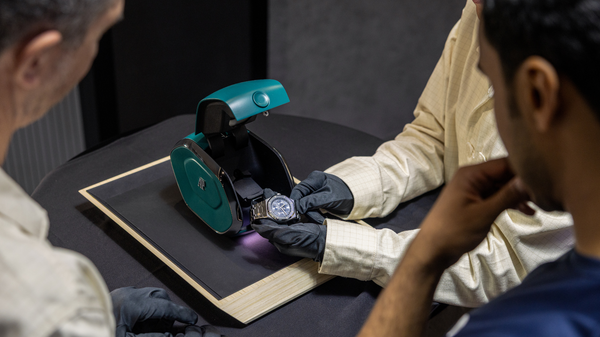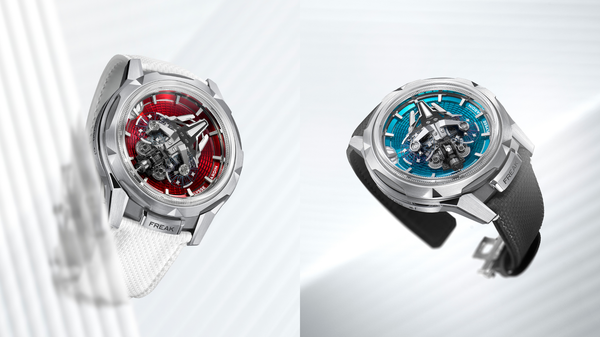How Often Should You Service Your Luxury Watch
Mechanical watch care is essential for accuracy and longevity. When is the right time for your next luxury watch service?
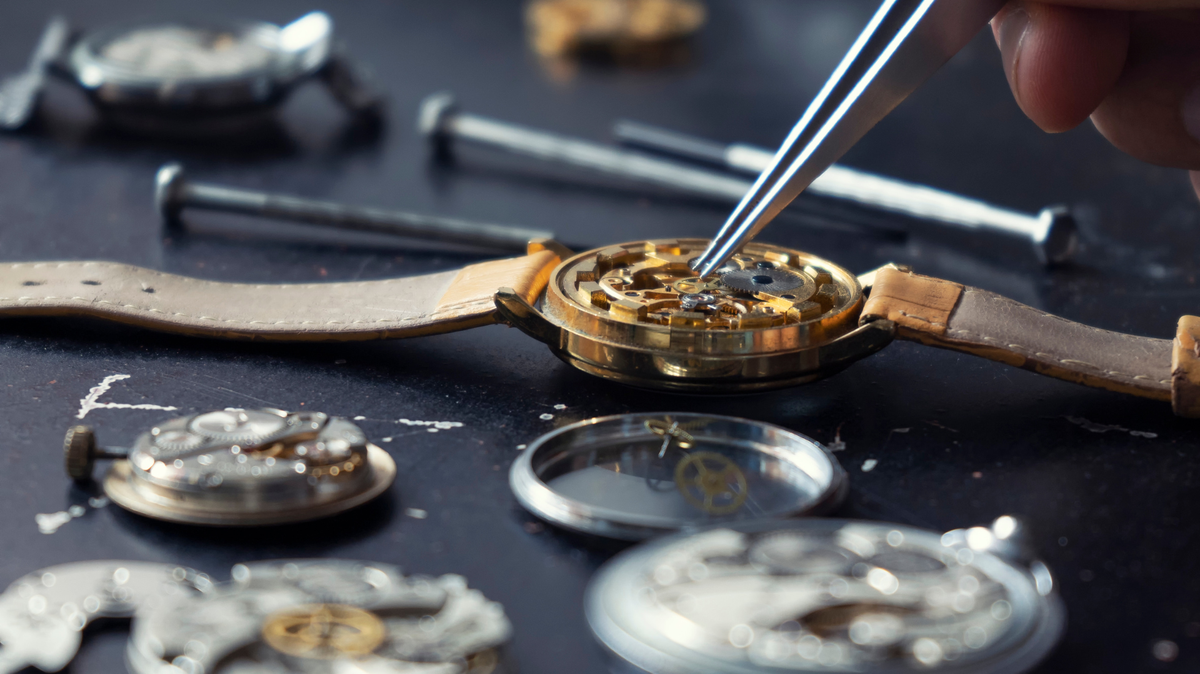
Something is reassuring about the steady rhythm of a fine mechanical watch. A dance of wheels, levers and springs marks the passage of time with quiet elegance.
For many collectors, a wristwatch is a companion, an heirloom and a reflection of personal taste. But even the most carefully crafted machine needs care, and one of the most frequently debated questions in horology circles remains: how often should a watch be serviced?
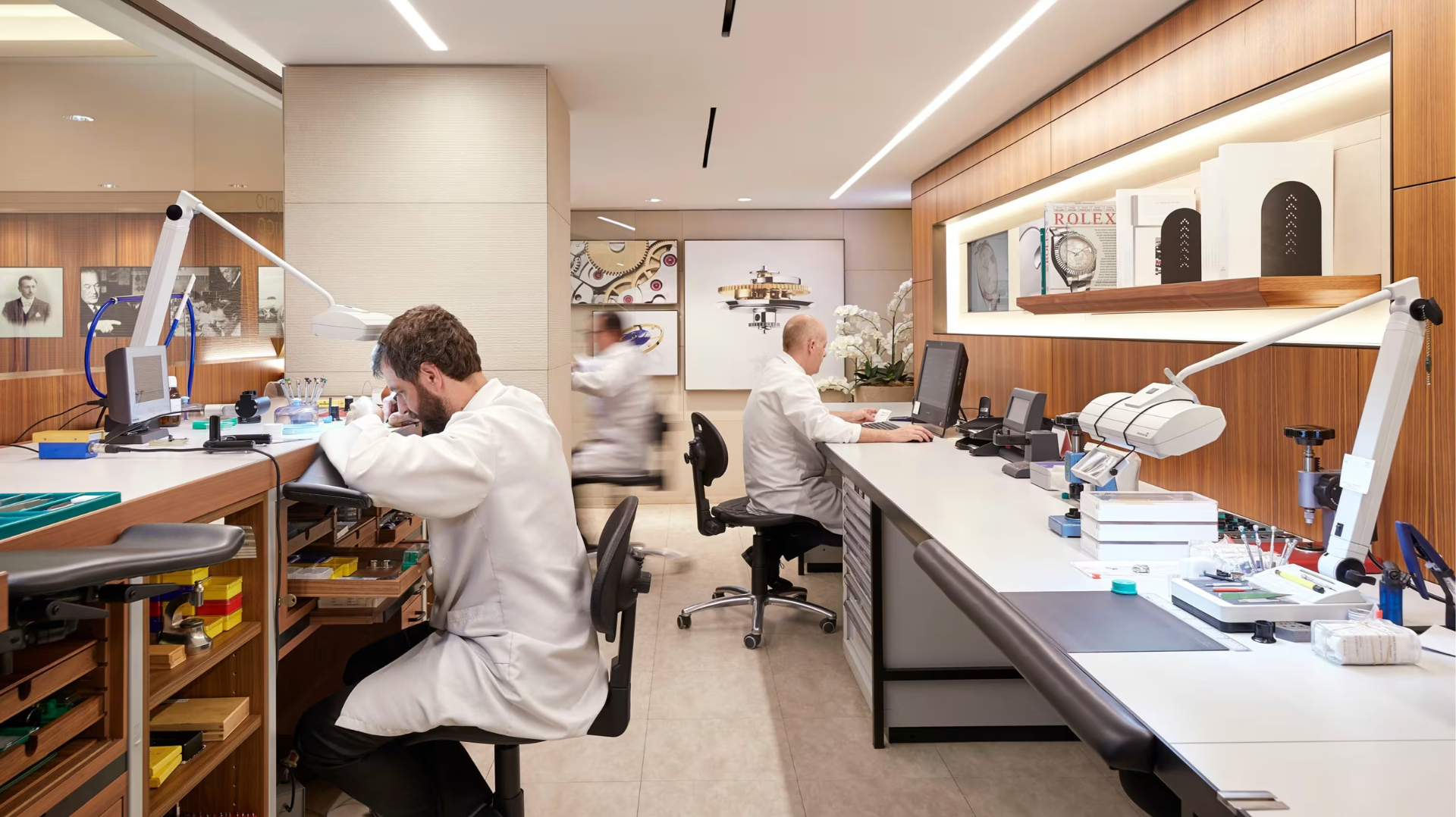
Servicing is not simply about keeping a watch running. It is about honouring the work of the watchmakers who built it.
Inside each case lies a world of engineering that would astonish anyone who has never seen a movement stripped down and reassembled.
Over the years, lubricants dry out, seals lose their integrity, and even the best-protected cases can accumulate microscopic dust. Left unchecked, this can slowly compromise accuracy and reliability.
Watch servicing. Credit: Rolex
Manufacturers such as Rolex, Patek Philippe and Audemars Piguet generally suggest a full service every five to ten years.
This interval allows a watchmaker to disassemble the movement, clean every component, replace worn parts, renew lubrication and restore water resistance. The case and bracelet are often refinished, returning the watch to a near-new appearance.
Yet this is only a starting point. Some watches can run flawlessly for longer, while others may require attention sooner. A diver worn daily on the deck of a yacht will need more frequent gasket checks than a dress watch resting in a safe.
Watch servicing. Credit: Rolex
The most experienced collectors know that a watch will often signal when it needs care. A sudden gain or loss of time, a crown that feels unusually stiff, or even a whisper of fog beneath the crystal can all be signs that it is time to visit a watchmaker.
Responding quickly can mean the difference between a simple service and an expensive restoration.
Collectors are increasingly attentive to service history because it directly affects long-term value. A watch with well-documented care commands confidence on the secondary market.
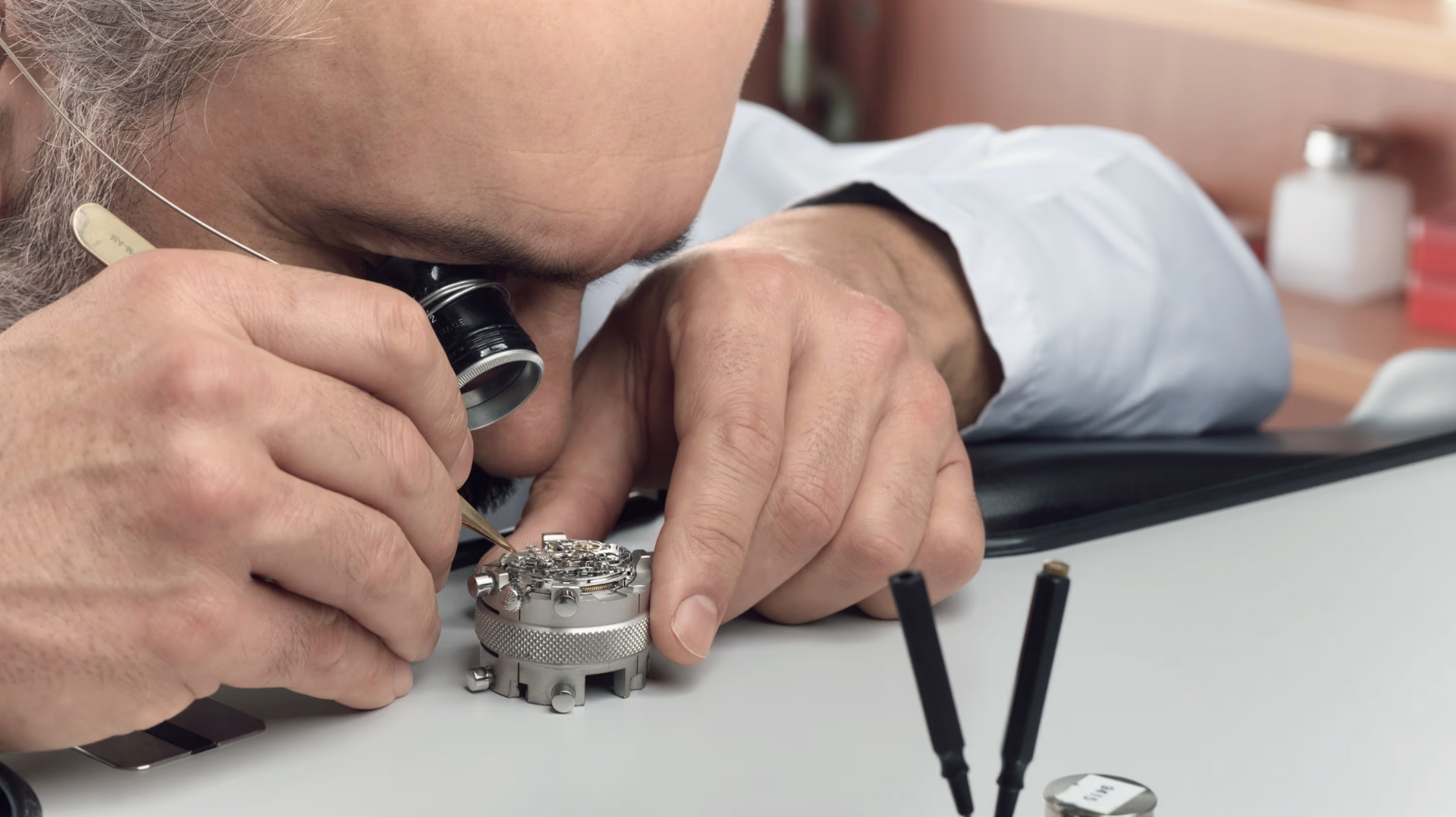
For truly significant pieces, vintage Daytonas, perpetual calendars, and tourbillons, the choice of where to service is almost as important as the decision to buy.
Brand-owned service centres provide reassurance with original parts and factory-standard testing. Independent master watchmakers can offer a more tailored approach, sometimes preserving patina that a manufacturer might erase during a full refurbishment.
A service is an event, but everyday care matters too. Have water resistance tested periodically if you swim with your watch. Give the bracelet and case a gentle clean with warm water after exposure to salt.
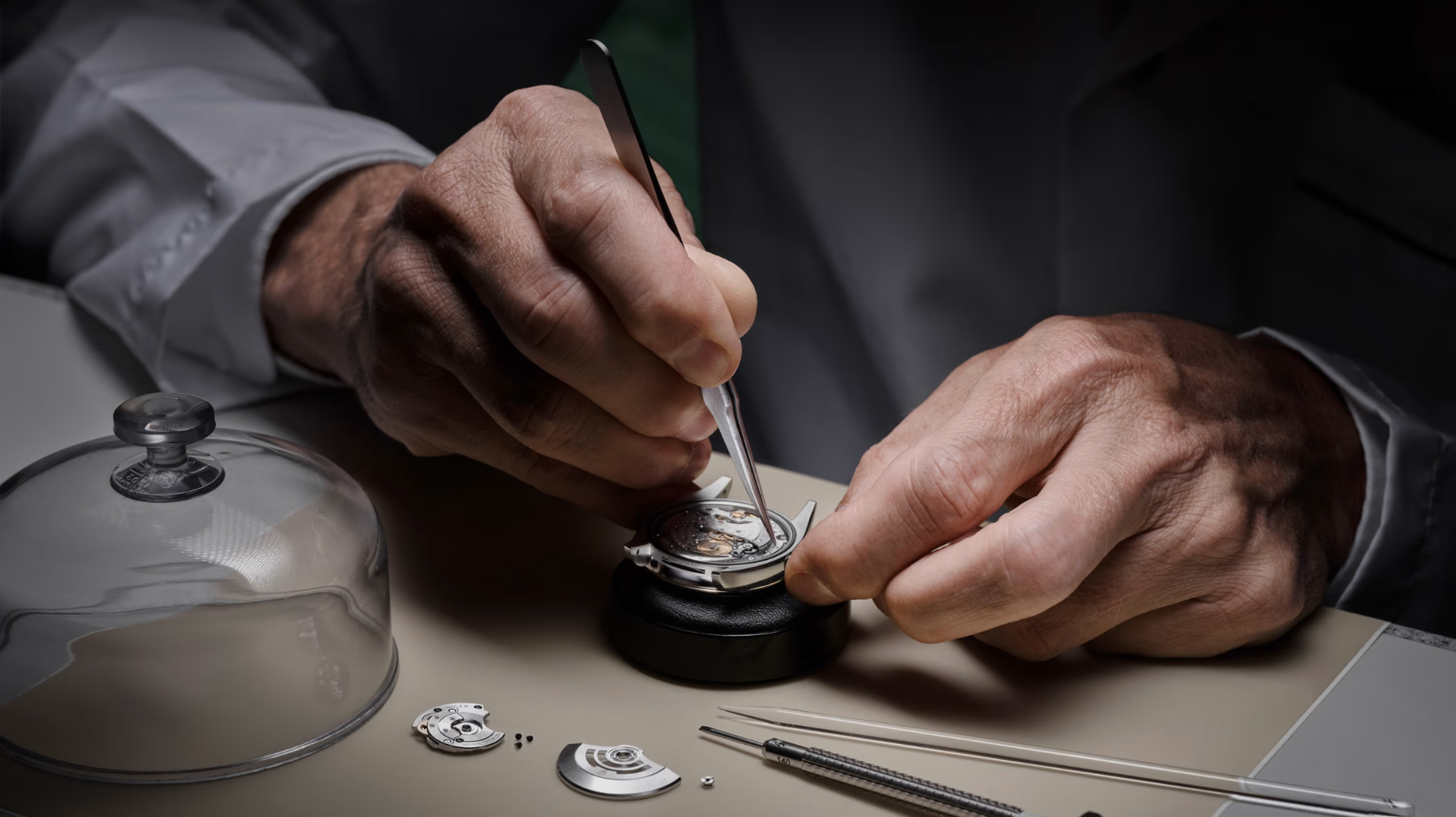
Store pieces away from strong magnets and extremes of temperature. And most importantly, wear them; a watch kept running circulates its lubricants and stays healthier for longer.
Servicing a fine watch is not a chore but a ritual, part of the pleasure of ownership. The process restores not only performance but pride.
When you strap it back on after a service and see the sweep of the seconds hand gliding across a freshly polished dial, you are reminded that this is no disposable object but a mechanical companion built to last a lifetime, or several.


